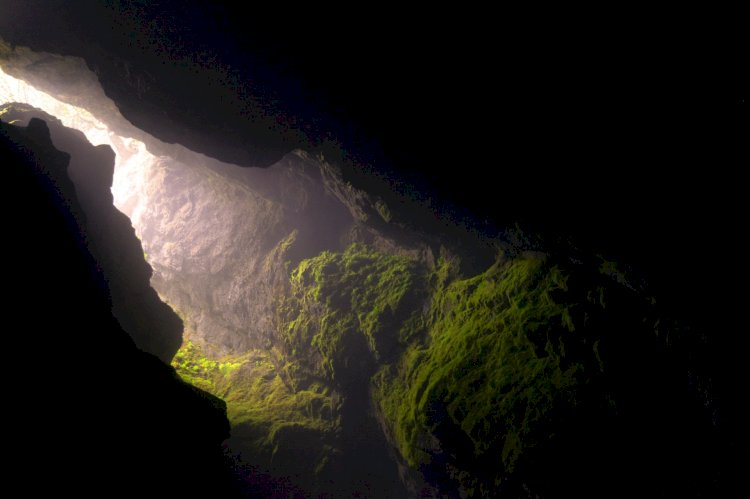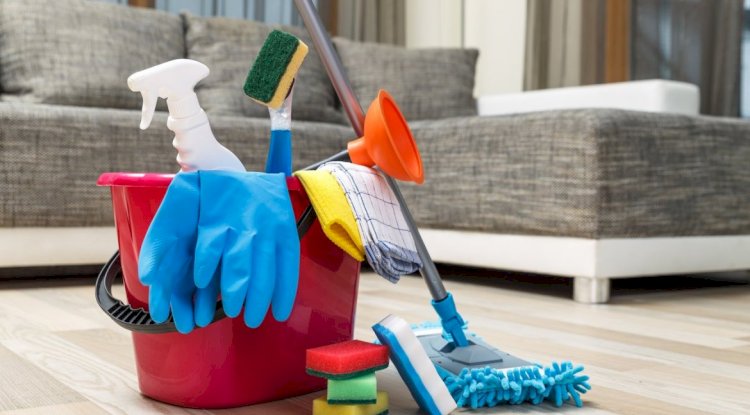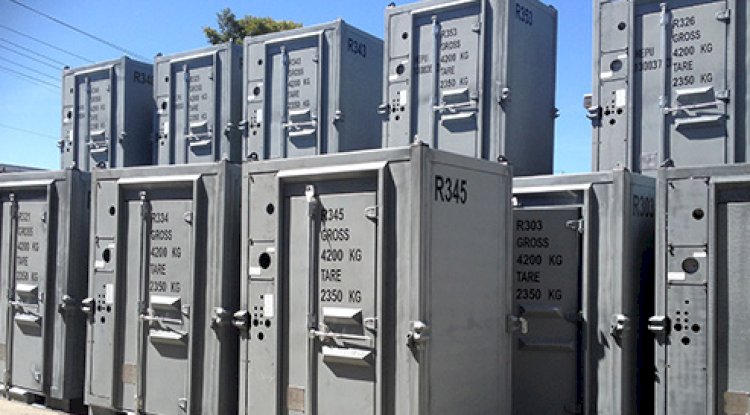Gearing Up: 9 Essential Caving Gear and Tools

If you're into caving and spelunking, then you know that having the proper gear is essential for a successful trip.
Not only do you need to be safe and comfortable while exploring underground caves, but you also need the right tools to help you get the job done.
This blog post will look at the nine most essential gears and tools for caving and spelunking. From a Rechargeable Head Lamp to carabiners, we'll explain what each one does and how it can help you while exploring caves. Let's start!
What is caving or spelunking?
Caving is the sport of exploring caves, both natural and man-made. This can be done for various reasons, such as recreation, science, or adventure.
Spelunking is a form of caving that focuses on the challenges and hazards involved in cave exploration.
It is considered more dangerous than recreational caving and requires more experience and knowledge.
Now that we've got that out of the way let's take a look at some essential gear for caving!
To buy or to rent?
If you're just getting into caving, you may be wondering if you should buy or rent gear. Here are a few things to consider:
-
Buying gear can be expensive, but it will last for many trips.
-
Renting gear can be cheaper in the short term, but it may not be as durable or as high quality as the gear you would buy.
-
If you're going on a guided tour, most companies will provide all the necessary gear for you.
Headlamp
A headlamp is an essential piece of equipment for any caving or spelunking trip. It is a small, lightweight light worn on your head, leaving your hands free to explore.
Headlamps are usually powered by batteries, and the light can be either LED or halogen. LED lights are more energy-efficient and have a longer lifespan than halogen bulbs.
However, halogen lights are brighter and provide better illumination in dark areas. If you’re finding it hard to decide, check out which headlamp is right for you.
Whichever type of light you choose, make sure it is bright enough to see where you're going and that the batteries are fresh before you head into the cave!
Carabiners
While we're at it, let's talk about carabiners. These little metal clips are essential for securing ropes and other gear while caving.
There are many carabiner types, each with its own set of benefits and drawbacks. Some of the most popular types are the locking carabiner, the HMS carabiner, and the pear-shaped carabiner.
Make sure to choose the right type of carabiner for your needs and that it is rated for the weight and stress you'll be putting on it.
For caving purposes, we recommend using locking carabiners. These have a mechanism that prevents them from opening unintentionally, leading to disaster in a cave!
Ropes
Speaking of ropes, they are an essential piece of gear for caving and spelunking. There are a wide array of ropes you can choose from, each with their unique characteristics.
Some common rope types include the dynamic rope, the static rope, and the accessory cord.
When choosing a rope for caving, you'll need to consider the weight it will be carrying as well as the environment you'll be using it in.
For example, if you're rappelling down a waterfall, you'll need a tough, durable rope that can handle the stress. On the other hand, if you're just exploring a small cave system, then a lighter-weight rope will do fine.
Make sure to choose the suitable rope for your needs and that it is rated for the weight and stress you'll be putting on it.
Harness
A harness is another essential piece of gear for caving and spelunking. It is a device that helps to distribute the weight of your body evenly, making it easier to carry heavy loads or rappel down cliffs.
Like the other gear on this list, harnesses come in various types, each with its own set of benefits and drawbacks. Some common types include the full-body harness, the chest harness, and the seat harness.
Like with the ropes, you'll need to consider the weight the harness will be carrying as well as the environment you'll be using it in.
For example, a full-body harness is ideal for caving, as it provides more support and stability than other types of harnesses. However, it is heavier and more challenging to put on correctly.
Make sure to choose the correct harness for your needs and that it's rated for the weight and stress you'll be putting on it.
Helmet
Rocks and debris can chip and fall from the ceiling or walls of a cave at any time, so never forget to wear your helmet.
A good helmet will protect your head from these dangers and prevent concussions in the event of a fall.
If you don't know where to start choosing helmets, some common types include the hard hat, the bicycle helmet, and the climbing helmet.
When choosing a helmet for caving, make sure to choose one that's durable enough to withstand impacts from rocks and debris. Also, be sure to choose a size that fits comfortably, but snugly on your head.
Goggles
Dust and other particles can often be kicked up while caving, so it's vital to wear goggles to protect your eyes.
Goggles can also help to improve visibility in dark and dusty conditions. There are various types of goggles available today, and the best one is always dependent on you and your exploration.
Some common types include ski goggles, motorcycle goggles, and safety glasses. When choosing goggles for caving, make sure to choose a pair that is comfortable to wear and that will not fog up easily.
Also, be sure to choose a pair that offers good coverage for your eyes, and that will stay in place while you're moving around.
Gloves
Wearing gloves is essential for two reasons: they protect your hands from cuts and scrapes and help improve your grip so you don't slip.
There are many available gloves on the market today, with different purposes. Some popular types include leather gloves, work gloves, and hiking gloves.
When choosing gloves for caving, make sure to choose a durable pair to withstand abrasion from rocks and debris. And don't forget to choose a comfortable size.
Boots
You'll mostly be stepping on rocks and gravel while caving, so it's important to wear sturdy boots that can handle this type of terrain.
There are plenty of boots to choose from. Some popular types include hiking boots, work boots, and military boots.
When choosing boots for caving, make sure to get a durable pair to withstand abrasion from rocks and debris.
Knee Pads
You might typically take for granted the comfort of your knees, but when you're caving, they can take a beating.
That's why you should wear knee pads while exploring caves. Knee pads can help protect your knees from cuts, scrapes, and bruises.
Some common knee pad varieties include the elbow pad, the basketball pad, and the wrestling mat.
When choosing knee pads for caving, make sure to choose a comfortable pair to wear, and that will stay in place while you're moving around.
Final Thoughts
The items on this list are just a few of the essential gears and tools you'll need for caving.
When choosing gear, it's essential to consider the environment in which you'll be using it. Make sure to choose gear that is durable enough to withstand the stress and abuse you'll be putting it through.
And don't forget to opt for gear that's comfortable to wear. After all, you'll be wearing it for long periods. Happy caving!
Share
What's Your Reaction?
 Like
0
Like
0
 Dislike
0
Dislike
0
 Love
0
Love
0
 Funny
0
Funny
0
 Angry
0
Angry
0
 Sad
0
Sad
0
 Wow
0
Wow
0















